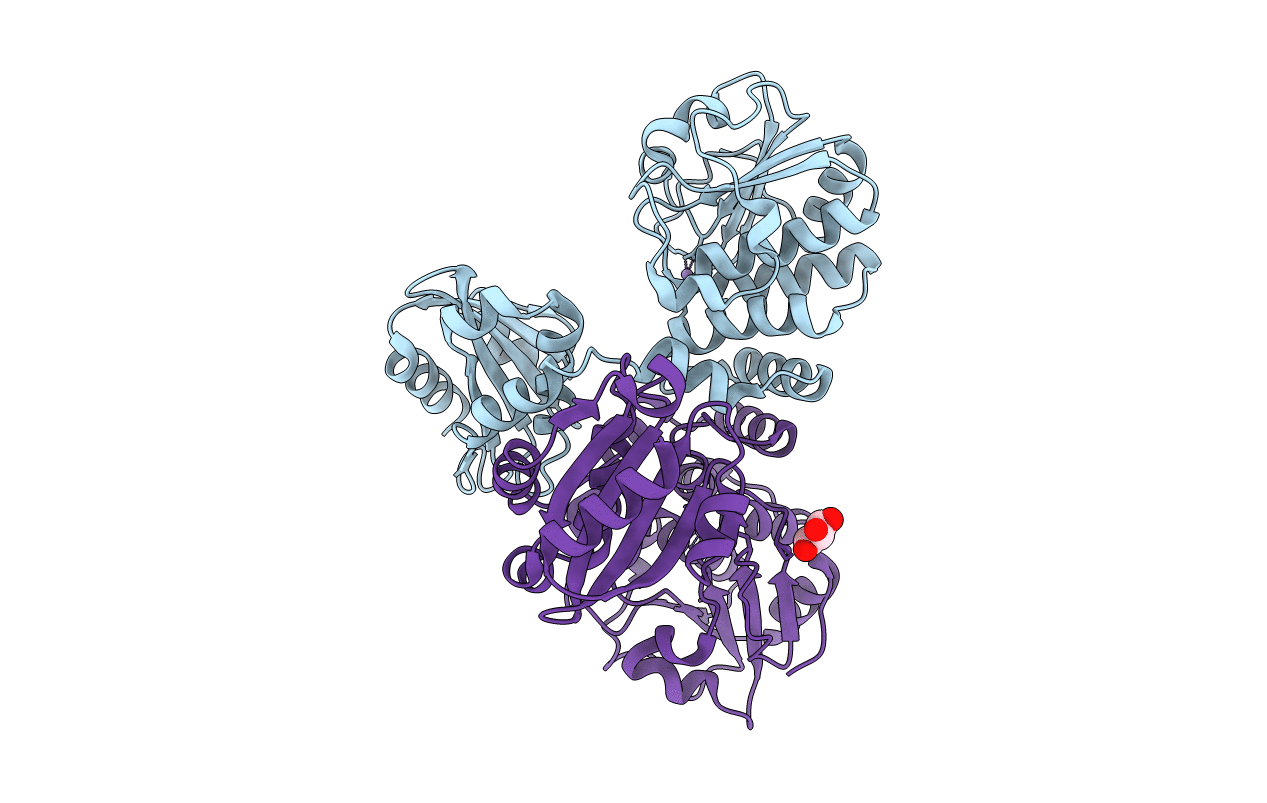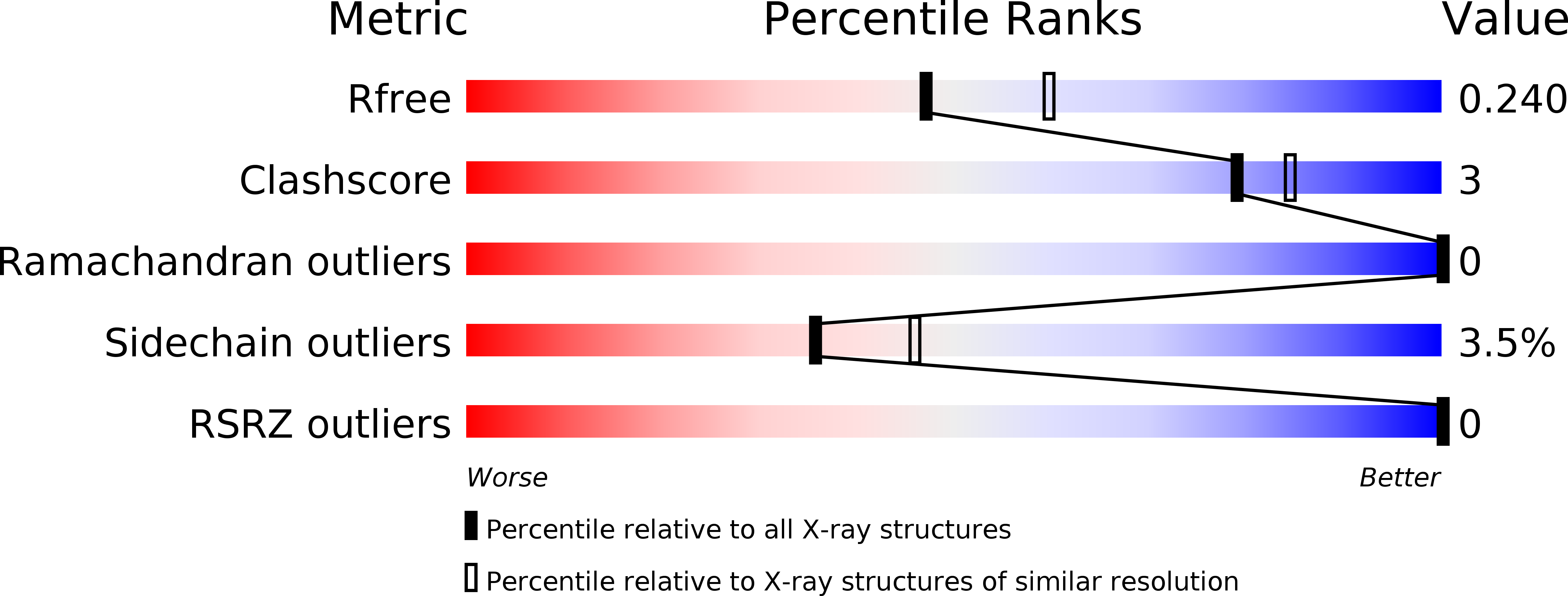
Deposition Date
2013-07-22
Release Date
2014-07-16
Last Version Date
2024-10-30
Entry Detail
PDB ID:
4LS9
Keywords:
Title:
Structure of mycobacterial nrnA homolog reveals multifunctional nuclease activities
Biological Source:
Source Organism:
Mycobacterium smegmatis (Taxon ID: 246196)
Host Organism:
Method Details:
Experimental Method:
Resolution:
2.20 Å
R-Value Free:
0.22
R-Value Work:
0.17
R-Value Observed:
0.17
Space Group:
P 1 21 1


